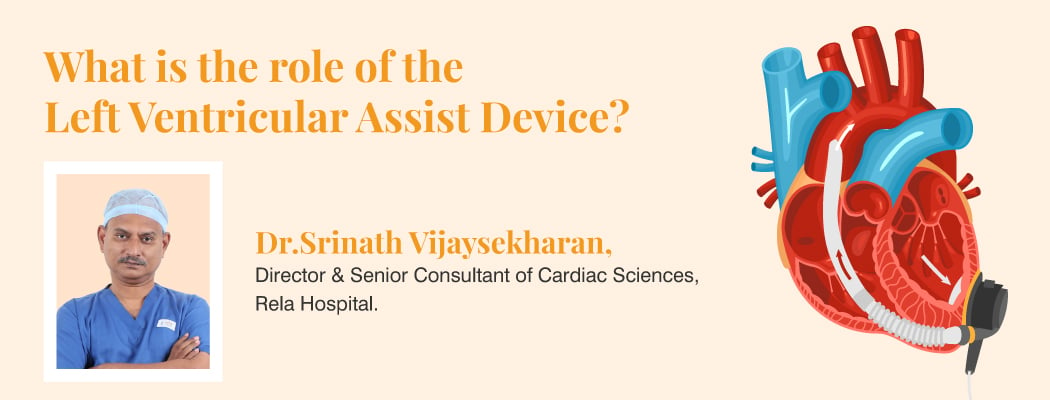In-Toeing
June 24, 2020

Information for patients, parents and guardians
Introduction
In-toeing is when your child’s foot points inward instead of straight ahead when he or she runs or walks. For most toddlers, in-toeing is painless and can be normal. In-toeing can come from the toes turning in, or a rotation in the shin bone or the thigh bone. In-toeing usually improves as children grow. Most children with in-toeing learn to walk, run, and play sports just like children whose feet point straight ahead.
Description
In-toeing usually happens because the bones in the leg turn inward. This is normal in most toddlers. The three parts of the leg that can be rotated inward are the thighbone (femur), the shin bone (tibia), and the foot. This may run in families.
Twisted thighbone (Femoral Anteversion) — This is when the thighbone (femur) has a twist and turns inward. The hip can rotate inward more than usual. Many kids with femoral anteversion can sit in a “W” position. In almost all children, the he femur bone will gradually correct and untwist by itself. This tends to happen during elementary school and takes place over many years. There are no braces, shoes, exercises, or chiropractic manipulations that will make this happen faster.
Twisted shin bone (Tibial Torsion) – This is when the shin bone (tibia) has a twist and turns inward. Many times, this is because the leg is rotated inward for the baby’s legs to fit in the mother’s womb during pregnancy.In almost all children, the tibia bone will gradually correct and untwist by itself, but this also can take years.
Curved Foot (Metatarsus Adductus) — This is when the foot is curved inward. This can look a little bit like a mild clubfoot deformity, but metatarsus adductus is very different from clubfoot.
Again, this usually corrects on its own after birth, but if the foot does not improve during the first year of life, braces or casts may be recommended.
Symptoms
Most children with in-toeing have no pain or functional problems. Frequently, families notice that the child stands, walks, or runs with the feet point inward. Sometime sit will be noted that children who intoe are clumsy and trip frequently.
Examination
Your doctor will take a thorough history, especially regarding birth history and developmental
milestones. Any history of pain or limping should be discussed. The physical exam will include watching your child walk and run, and checking range of motion of the hips, knees, ankles, and feet.
He or she will also do a neurologic examination to check muscle tightness, nerve / muscle function, and coordination. He or she will also note whether your child has femoral anteversion, tibial torsion, or metatarsus adductus.
Other Studies
The vast majority of children with in-toeing only need to be evaluated with a full history and physical exam. If there is developmental delay, limp, pain, asymmetry, or a worsening gait, other tests like xrays may be needed.
Treatment
Normal in-toeing in a toddler requires no treatment other than observation. It can take many years for the bones to untwist as the child grows . Special shoes, braces, or chiropractic manipulation do not make the intoeing improve any faster.
If the femoral anteversion or tibial torsion remains during middle school and cause problems with tripping or walking, surgery may be considered to cut and rotate the bone. This is very rarely needed in otherwise normal children who have femoral anteversion/ tibial torsion.
Outcome
In-toeing due to femoral anteversion, tibial torsion, or metatarsus adductus tends to improve as children grow. There is a small subset of patients where the in-toeing does not resolve, however, most of these patients have no pain or functional problems.
FAQs
Q. Will my child’s walking improve?
For most children, as they grow, the twist in the leg bones will gradually untwist. Also, your child’s muscle control and balance will get better as he or she gets older. Normal developmental in-toeing and out-toeing tends to improve with growth, so it can take a long time to see improvement it’s like watching grass grow! It can be helpful to take a video of your child walking once a year so you can compare and seethe gradual improvement.
Q. My parents said that our pediatrician should have put our child in braces to
correct the in-toeing / out-toeing. But our doctor said we didn’t need to?! Who is right?
When your parents were growing up, doctors used special shoes, braces, and even cables to correct
in-toeing / out-toeing. However, studies have now shown that the in-toeing / out-toeing improves on its own, and the shoes and braces didn’t make it happen any faster.
Q. When should I take my child to a doctor for in-toeing / out-toeing?
Your child should see a doctor if in-toeing / out-toeing does not improve by kindergarten, if there is pain, limp, developmental delay, or the walking is getting worse. Out-toeing in only one foot in an is very worrisome in teenagers for a problem in the hip, particularly if there is also hip, thigh, or knee pain- if this is the case your child should be evaluated with x-rays immediately.
Q. My toddler trips a lot because of in-toeing. When should I be worried?
Many toddlers who do in-toe also trip! Remember, toddlers are learning to walk, and they do not yet have the muscle control, balance, or coordination to keep up with their busy lives. The in-toeing may make this seem worse. As your child becomes stronger and more coordinated, the tripping will improve.







